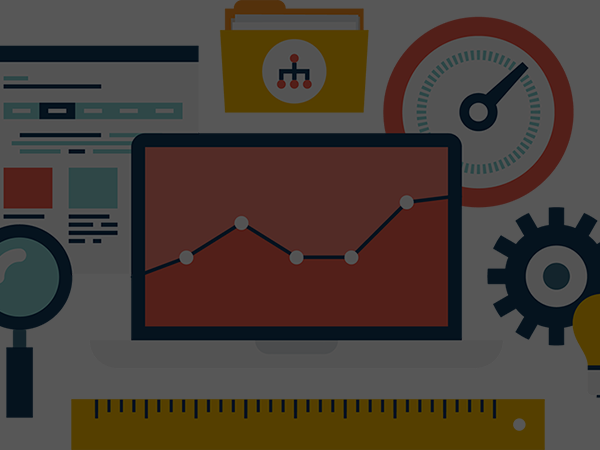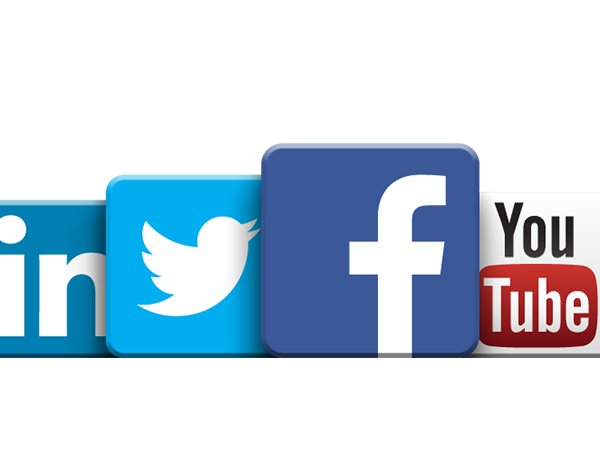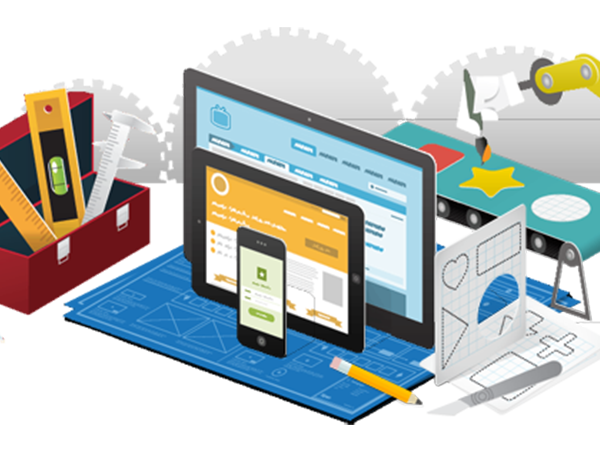In the recent years social media became the top choice for digital marketing tools for brand and business it has proven a very cost-effective way for promotion and advertising in a new, subtle and very personal way that businesses are doubling their Social Media Marketing budgets during the next five years.
Many business establishments are jumping with the current trend of social media marketing bandwagon, many of which are not even properly planned and executed, assessing the impact on your business is a crucial aspect to be considered. The truth is there are two sides of this trend, it’s either you benefit on its advantages or suffer from its disadvantages.
Pros and Cons of Social Media Platforms for Advertising
Facebook Ads; Pros and Cons
Pros
1. Facebook Has a Lot of Users
In business ideology, the more customers you can reach the more potential sales can be guaranteed. The people online can be your potential customers. So placing ads on a large scale social media is like putting a billboard on a crowded business district.
2. Cheaper and Long Lasting
Facebook ads are known for being cheap advertisements and have a longer period of posting than other platforms.
3. Sort Out Potential Clients
One of the strategies of marketing is to have a targeted client reach. Facebook ads have this kind of feature which helps the advertiser to maximize the potential clients that can be a future customer not just random people who are not interested or can’t benefit from your business.
4. Spread like a Wood Fire
We all know that Facebook has served as a home of viral videos, photos, posts, and even ads! When people think that your ad is interesting, made with full creativity, or informative, they like, comment, and share it big time! If you think you have a very creative mind and some unique ideas, contact management team now and place your ads!
Cons
1. Can Be Difficult to Catch Attention
Facebook is a place where people chill and hang around, but placed ads can be ignored because the users are too busy looking pictures, watching video and chatting with friends. This happens especially if the ad is dull and uninteresting.
2. The Negativity
These are the one of the great disadvantages of Facebook. Once a customer buys your service or products and not satisfied with the service or he didn’t like the experience at all, he can comment on your Facebook page right away. Many of the other customers are reading the comments in a particular page for research, so if they can read the negative comments, it can affect your sales. This can test your Facebook management skills. You must be ready to handle these negative feedbacks and make sure that this cannot affect your credibility as a service and product provider.
3. Competition Everywhere
Having a lot of users, ads are also on every page and news feeds. And because of this competition is tight. There are times that you just launched a new ad, and after a while, new ads are coming from the competitors as well, the same with what you have on your Facebook page. Duplication of the contents in your page by others can be easily done, which you do not want.
4. Requires A Lot of Time and Resources
Maintaining and managing your Facebook page requires time, effort and resources. Building your page with followers doesn’t happen overnight, so you need to do constant promotion. And if you reach a large group of followers, you need to do a lot of replying to comments and queries on the page. Remember that there are lots of ads. So you need to think of things properly, which may cost you a lot of producing some effective campaigns.
Google Ads; Pros and Cons
Pros
1. Increase Product Quality
Google product listing ads offer unique and ready ad format that allows you to include product image, title, price, promotional message and your store name for each of your products, eliminating the hassle of creating ads for your each of your products.
2. Higher Click Rates
With Google product listing ads service you will experience a higher click through rate when compared to text ads in shopping searches. This way you can increase the chances of getting more sales.
3. No Minimum Bid
Google product listing ads are integral to Google AdWords. So, this gives an advantage as PLA’s are designated according to the campaign type in which daily budgets can be set and there is no minimum bid requirement.
Cons
1. Does Not Support All Category
Having a unique and rare product category, this gives you a higher chance of making sales. But, if you are advertising more competitive products such as apparels you may have difficulty in getting your products ads to reach the people you are targeting.
2. Locked in Margin
Using Google product listing ads you can easily say “We don’t have to manage our listing as we are now paying for it.” But, if you have a really strict budget you may have difficulty using this service. Therefore, if you do consider using this service, you need to keep a track on your listings or you may need to consider a lower daily budget.
3. Expensive
For those retailers who just think that they have to pay and Google will manage their listings, then that’s wrong. Google can turn out to be expensive for retailers who jump into this service without knowing the guidelines of Google product listing ads. Google shopping can provide merchants with more qualified leads for a smaller amount of money than any other sales channel, provided you know how their program works.
LinkedIn Ads; Pros and Cons
Pros
1. Reach High Value Audiences
With the platform’s Sponsored Updates self-serve advertising, you can reach what many call the gold standard of high-value audiences. LinkedIn member demographics skew higher for both salaries and job responsibility than memberships of other social networks. It’s also easier to reach top decision makers. Not only can you target an upper-level manager in need of your business solution, but you can also target the C-suite executive that has to sign off on it.
2. Target Specific Audiences
Speaking of targeting these is another advantage of LinkedIn. You can filter the audience for a campaign by geographic location, industry, job title, and even company.
3. Get the Right Clicks
It’s true that other social networks may have more active users — compare Facebook’s 1.55 billion monthly active users to LinkedIn’s 100 million monthly active users, for instance. Yet a higher volume of PPC activity isn’t necessarily better. After all, not all clicks are equal. What LinkedIn offers to content marketers is a platform that can get the “right” clicks, not just more clicks.
Cons
1. Expect Higher CPC Pricing
Because LinkedIn gives B2B content marketers access to a high-value audience through granular targeting, advertising on the channel comes at a premium price. Average CPC is estimated at around $6 according to contently while LinkedIn notes a minimum daily budget for campaigns of $10. That’s in contrast to Facebook’s estimated CPC of $0.50 and a daily minimum of as little as $1.
2. Plan Your Strategy Careful
With such high price on clicks, you surely want to get the clicks that are meant to be beneficial for you, making a highly refined strategy all the more important. Make sure you’ve carefully thought out your buyer personae and crafted your content and web links or landing pages accordingly.
3. Remember Some Users are Job Hunting
While you can reach many top decision makers looking for business solutions, keep in mind that’s not why some users are on the site. As a professional networking and career advancement social network, some users are just job hunting. Keep this in mind when strategizing for your campaign.





